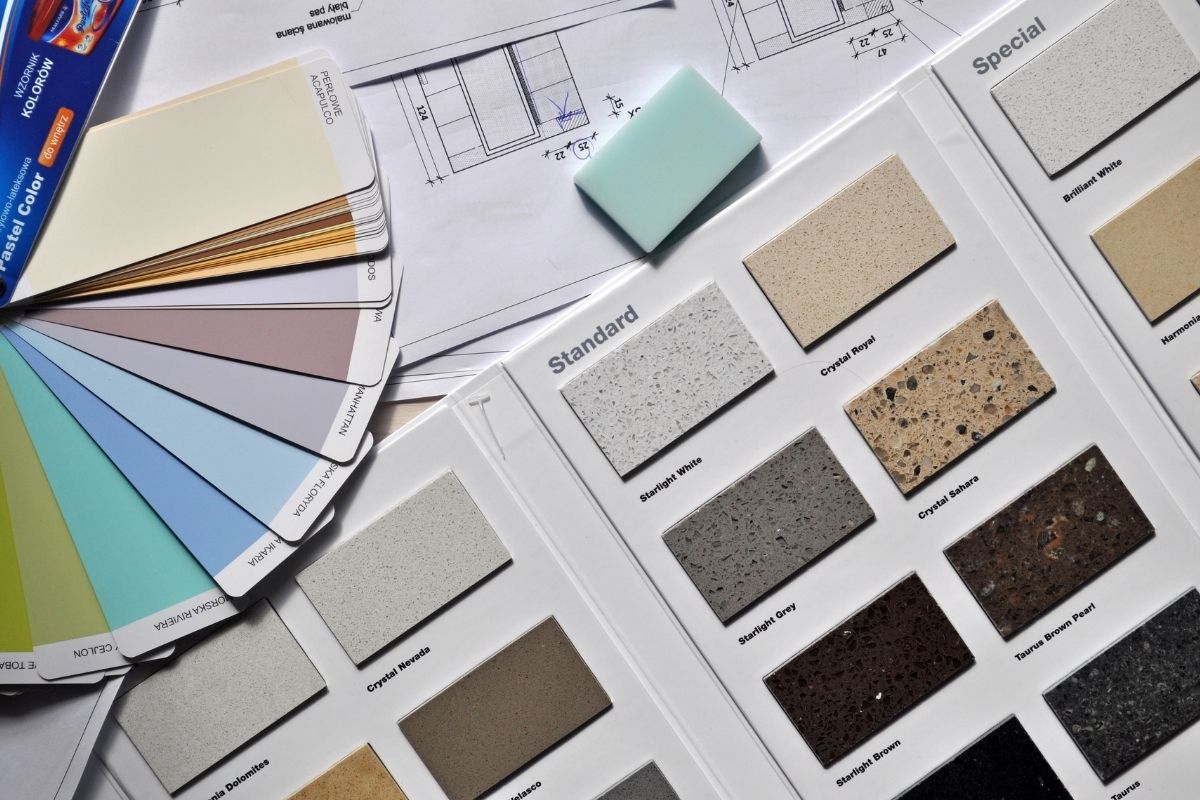Why Research Is a Key Part of Product Development
When you’re working in product design or product development, the first phase of a project is the same for anything, because you’re going to be starting with a blank slate. In a way, you want to feel like you don’t know anything, and you can explore what the field is.
You look at other comparable products. You try to talk to experts. You look at users and what they’re currently using. That exploration phase can go all over the place. For example, if the client is a factory, and they make things out of glass, then you already know that the solution is going to be something made out of glass. But if it’s an entrepreneur who has some new invention, then you have to look at that in a different way.
Either way, the basic thing is that you need to look at everything with an open mind. And really, the fact that you don’t know anything about it yet is a really big advantage because a lot of the time, people who think they already know everything actually miss all of the good ideas.
When you start a project, you really need to be sure that you understand what else is out there. You need to understand the parallel projects or products and understand how whatever the thing that you’re making or designing, whether it be an object or system or experience, fits in.
Also, is it something that’s really needed? Is it something that really stands out? Do you need an object? How does it work? How does it fit in with that structure? These are all questions to ask yourself that will help you come up with the way that it’s used, the way that it looks, the way that it’s priced, and how it fits into the marketplace.
Really, what it comes down to with both product design and product development is doing your research, and understanding what’s out there and what’s needed.
You can learn much more about these concepts, as well as a wide variety of other lessons and concepts related to both product design and development, with online product design education. Choosing to do your learning online is by far the most convenient way of getting a quality product design education.


